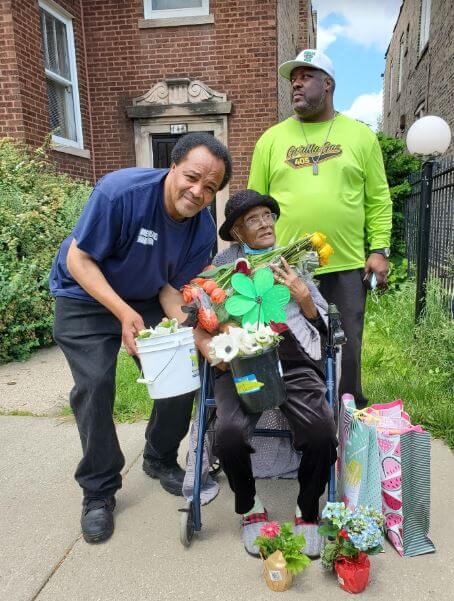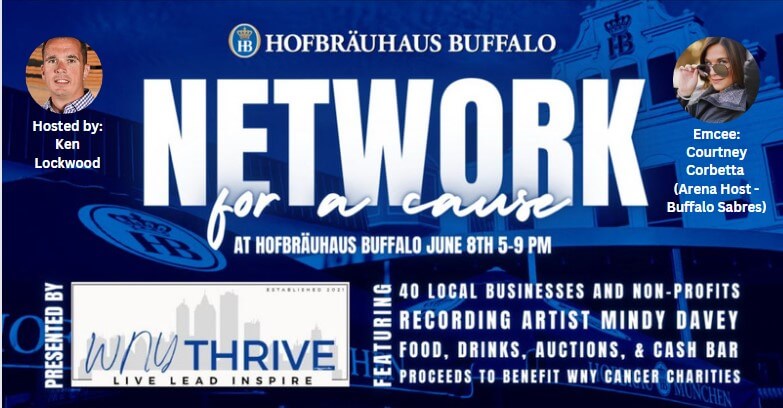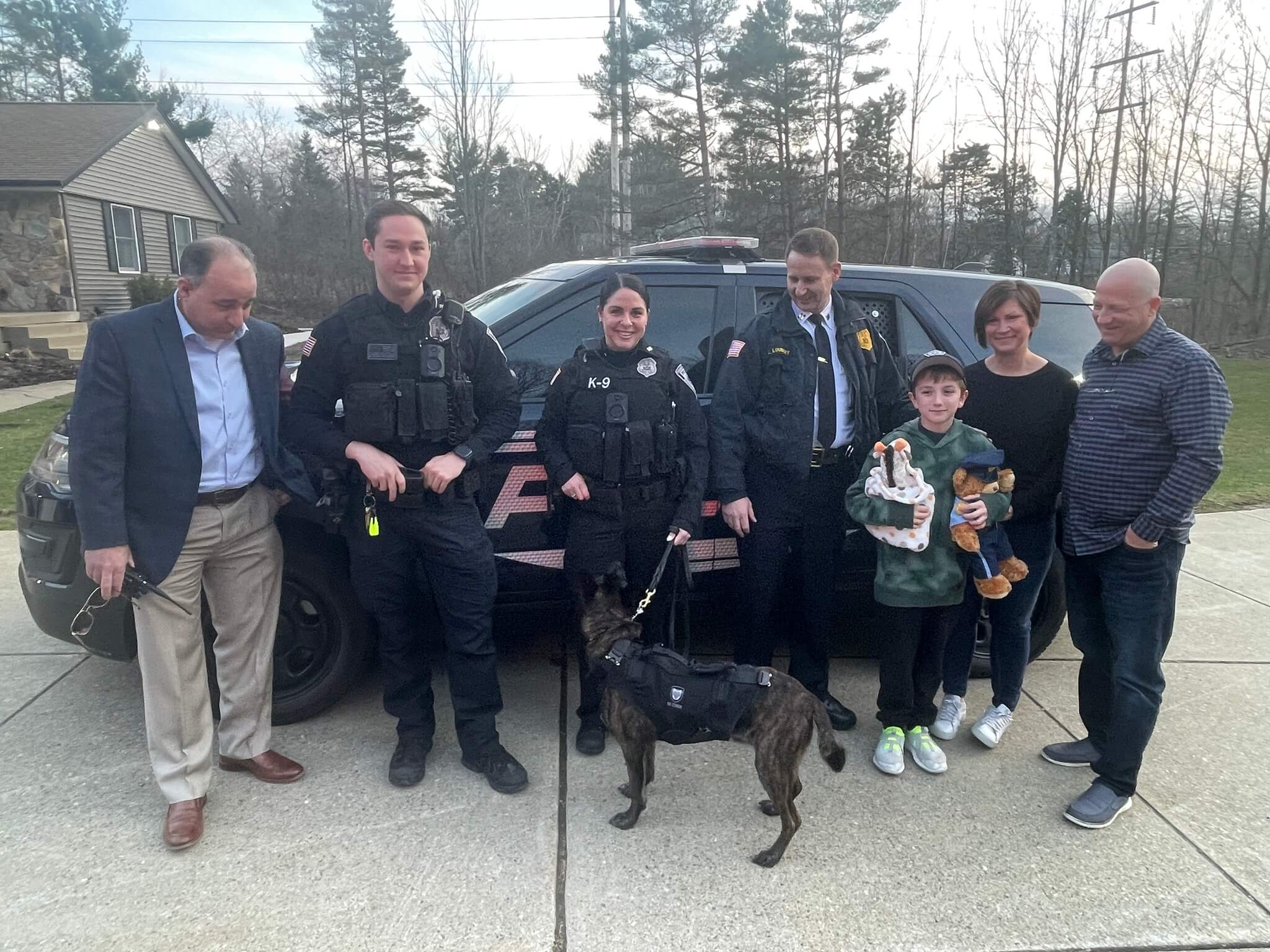“Living with toddlers is mostly chaos. They are loud, excitable, temperamental, energetic little sponges, who are always learning and absorbing the world around them at a rapid pace. It’s beautiful, amazing and challenging all at the same time.
I should know, I have two of them – both boys ages three and four.


My eldest, JJ, just started UPK. He is kind and thoughtful, smart and athletic, loves animals and dancing, has an infectious smile and energy, and is really a kid who stops to smell the roses. That is, if you can get him to focus long enough to see that they’re there.
JJ has ADHD (as well as OCD, ODD and anxiety), and with October being ADHD Awareness Month, it couldn’t be a better time to talk about our ‘normal’ and how he is among the 11% of the pediatric population with the neurological disorder. There are 6.4 million documented children between the ages of 4 and 17 in the United States with ADHD (Attention Deficit Hyperactivity Disorder). It is a condition where 30-60% of patients diagnosed as children continue to be affected as adults.
ADHD is something I never believed in:
‘Oh it’s just bad parenting.’
‘That child has a lot of energy and needs a nap.’
‘Maybe a good spanking will set that kid right.’
All of those sentiments I still hear whispered our direction I never understood until ADHD hit us square in the face. Have you ever been so upset that you physically can’t calm down? Or out of nowhere you’re hit with emotions you have a hard time controlling? As neurotypical adults, we’re hit with these emotions and feelings, compartmentalize and move on. That’s hard enough for a toddler to achieve, but nearly impossible for a child with ADHD, who lives in a constant state of disruption.
JJ can’t control his mind or his body; sounds, smells and thoughts collide continuously. His brain is outside playing games, when he’s actually inside being asked to conform. His mind is kind of like an internet browser with 20 windows open, a few tabs are frozen and he’s not sure where the music is coming from. He thinks about more things by breakfast time than most people do in an entire day. He can’t control it, it frustrates him, he fights it and a lot of times he loses – causing him to unravel (tantrums of epic, dangerous proportion). Some days are wonderful, and other days we wonder where our smart, caring, thoughtful, empathetic child went.
Given any 30-kid classroom, on average there will be 1-3 children with ADHD. On average the onset of severe ADHD is five-years-old (JJ trumps this statistic and was diagnosed at age three), and boys are three times more likely to be diagnosed with ADHD. The rate of emotional development for children with ADHD is as much as 30% slower than it is for children without the condition – so you can imagine how impulsivity, aggression and hyperactivity would be the display of behavior in an escalated or triggered situation.
This is our daily struggle.
Every ADHD child is different. Mostly JJ’s ‘trigger’ is a result of him not being in control of his situation. So, he’s already hyperactive and inattentive, but simultaneously wants to be in control of himself and everyone around him (OCD). When he is asked to transition from one task or thought to another, his anxiety kicks in. His behavior at this point can be difficult to predict. Generally, he struggles with doing anything he doesn’t want to do. He struggles leaving one thing alone and moving to the next. He’ll fixate on an idea, story, activity, etc. and it can be hard to transition him away from that mental black hole.
Once he loses control of the situation, his anxiety ramps up and that’s when we lose him. It can take two seconds, two minutes, or 20 minutes to get to that point of no return. In those moments, the outburst can get violent, and his defiance (ODD) is like none other. We find with JJ that there is rarely a ‘happy medium’ – he either transitions/copes, or he doesn’t. In the infrequent times where he initially struggles then overcomes, soon thereafter we see impulsivity issues. It’s almost like he fights so hard to overcome one mental obstacle that his brain wasn’t totally ready to move on and he’s holding onto that anxiety for later. Something as simple as giving him one waffle instead of two, or not changing the radio station to what he wants can result in an hour-long tantrum of epic proportions no matter how we react…or not react.

People still say, ‘He’s just a boy, boys have energy’…or…‘Kids have tantrums.’ I always invite those people to spend a day with JJ. Franky, a couple hours is all it takes to see that he’s different. It was these differences as a three-year-old getting kicked out of daycare that encouraged us to seek help.
Thankfully, JJ’s pediatrician is not only a holistic practitioner, but also a great listener. She helped us through his colic as an infant, and was our stepping stone to receiving therapeutic care and an IEP with the school district.
Get ready for the acronyms – as if I didn’t overload already with ADHD, OCD and ODD, get that Google search up! In order for a pre-k child to receive what’s called Early Intervention Services through the school district, the child must first be evaluated by the school’s contracted third party organizations. This sounds scary, but in reality, it’s a couple super nice therapists who come play with your child and observe their behavior and capabilities. Based on the findings, an IEP or Individualized Educational Program is established that periodically gets updated based on your child’s educational and developmental needs with the school district. Sometimes this results in needing a couple of hours a week with an OT (occupational therapist, praise God they exist), or in JJ’s case, time with an OT and a behavioral therapist thanks to his BIP (Behavioral Intervention Program). These legal documents work to ensure your child receives the care they need to advance both behaviorally and educationally, and stays with them through grade school. IEPs can be developed at any age, but it’s generally easier to start the process when they’re younger.
JJ also sees a neurologist, and we’re in the midst of coming out of a 6+ month wait for seeing a developmental pediatrician and ADHD specialist. Through all of this, we’ve become more aware of how his beautiful brain works. The kid is brilliant. I have no doubt without ADHD he’d have the intellect of a child twice his age; but we have to slow him down first. We know so much more today than we did a year ago, like that JJ thrives on positive reinforcement (hence all the sticker charts around our house) and frankly just being told that he’s loved, and that he’s a good boy.MXLLS

He thrives on a schedule, he needs a schedule, and when we break from it, we need to prepare him consistently for days. We know he needs to feel needed, wanted and appreciated – just like any person, but on a heightened scale. When he messes up and realizes it, he’s remorseful and most of the time has no idea how the situation got to where it did.
Our hope for JJ is that down the road we’ll find more people who understand, who are willing to work with us, and him, to help him be the boy he and we know he is capable of being.
Because…at his core he’s so much more than this diagnosis:
He’s a smart, empathetic, brave, capable, loving little boy who wants to be good and wants to please everyone.”
We thank Katie D’Arcy for guest blogging for Hope Rises News. To learn more about Hope Rises, click here.





